Most of my parent coaching clients come to me with a desire for better connection and greater harmony between themselves and their families. When a child or teen is having a hard time – whether it be difficulties with friends or siblings, not wanting to eat the food we have prepared, trouble at school, or throwing a fit about getting off screens – it affects everyone in the family.
Our own growing up experiences can get triggered and we might feel additional conflict with our partner when opinions differ. Being out of alignment with our parenting partner or parenting helpers feels uncomfortable and frustrating, and is confusing for our kids.
When we feel stressed and agitated, our nervous systems can get activated into a fight, flight or frenzy state. Alternatively, we might deactivate by checking out and not being present. Even though these reactions are understandable, none of them help create connection or calm our own or our children’s nerves.
What can we do to soothe our own and our children’s nervous systems so that we can respond effectively to their needs?* (In a hurry? Jump down to learn about the seven pathways.)
Connection is needed to move towards greater harmony
We need to connect with ourselves, our children and teens, and each other. How do we do this when we are blazing mad, feeling alone, exhausted, or sick of a familiar pattern?
Clear and memorable paths to connection can really help. Learn seven ways to turn conflict into connection with yourself, a partner, and/or your kids.
What happens when people don’t feel connected?
First, let’s explore what happens when we are not connected. When people don’t feel seen or heard, they feel a sense of disconnection. Our human need for connection, consideration, and empathy often causes us to act out, no matter whether we are children or adults.
Acting out can be loud or quiet. We may say or do mean things or go quiet to avoid conflict and just meet our needs on our own. All living things seek ways to meet their needs, whether it’s a weed overtaking a garden, a child throwing a tantrum, or an adult lashing out or numbing out after a long day. These ways of acting out can also be seen as “emptying our emotional backpack.”
Let’s look more closely at how disconnection and connection happen…
Ways we fall out of connection with each other:
Loud Acting Out & Disconnection:
- Make assumptions about the other person’s feelings and intentions
- Shut the other person down when they disagree through a snarky comment
- Blame, shame or judge the other person
Quiet Acting Out & Disconnection:
- State an outright “No,” with no opportunity for discussion
- Avoid talking with the other person to avoid conflict
- Stop spending time with each other, with or without the kids
Which behaviors do you fall into when not getting your needs met and/or not feeling seen?
These ways of acting out make us fall even further out of connection with each other. This creates a vicious cycle, by making it harder for the people around us to love us when we most need and want their love. We can only truly control our own selves, so change starts with us.
Seven Pathways to Connection
Curiosity
Being curious about your own or another’s experiences, thoughts, emotions, or behaviors automatically opens lines of connection and communication. How do you feel when someone wants to know what you think or asks how you are feeling?
The pleasure of getting curious is that we enter mysterious territory, which activates our imagination. In addition, we often feel a more loving connection as we learn about someone’s inner world.
Body
Notice how your body feels when you want to rush in with an opinion or action and how your body feels when you stay open and curious. How would you like your body to feel?
Try to bring in those feelings and you will not only help yourself, but you will help the other person feel that way, too. Mirror neurons between us literally help spread the feelings we experience in our bodies. Use the power you have over your own body’s feelings to connect and co-regulate with the other person.
Heart
Imagine your heart like a window or doorway opening for warm spring air to enter. When you consciously bring love and warmth into your heart, your whole world of possibilities expands.
How can you express interest in hearing what the other person is feeling and thinking? To open your own heart, ask yourself something like, “What would love look like right now?”
Mind
Notice the thoughts in your mind, and invite those thoughts to pause. Consciously reset your thinking to “What do I know and not know in this moment? What can I learn?
Then, ask a question from a place of genuine curiosity. If you are angry, consciously remind yourself that you and the other person are connected. Connection is an active process of sending and receiving messages, both nonverbal and verbal.
Spirit
Take a moment to breathe, close your eyes, and silently whisper to yourself something like, “May I be curious” or “What can I learn from this moment?”
If you pray, you can say a simple prayer. Or you might say something like a mantra to yourself like, “This is how it is for now” or “Let me accept what is.”
Connection
Appreciate the connection between you and the other person. What do things look like from their perspective? How can their needs connect with your needs in this situation? How can you connect in some way?
Remind yourself of a way that you and the other person are connected. Remember that this moment or theme of tension is just one among many experiences you have with that person.
Action
If you are feeling yourself shut down, what action can you take to bring some energy into the moment? You could jog in place, do a few jumping jacks, run up and down some stairs, or touch your toes and then stand to touch the sky. If the child or teen is open to it, you could engage them in the action with you. You might invite them to walk the dog with you or put on some music and hold out your hands to dance. Any of these actions can reset you, whether you do them by yourself or with the other person. Movement shifts energy.
If your energy is low, you can go sit on the couch and open your arms to your child or partner to invite them to come sit with you. Long hugs, holding of hands, or putting your arm around someone can also be helpful. If you sense prickliness or irritability, be sure to ask permission first.
Ways to Remember Your Seven Paths to Connection
Many of my parent coaching clients ask me how to remember the mindsets and strategies we’ve discussed in the heat of the moment. The first step is to practice awareness of your body. Your body will often register emotion before you are consciously aware of what you are feeling. You can create visual reminders and you can come up with mental images and words to help you know what to do when you sense conflict and need connection.

Pay Attention to your Body
Practice noting what your body is feeling when you feel different emotions when you are not super agitated. For example, when you are feeling irritable, where in your body do you feel that irritation? If you are feeling bored or exhausted, where do you feel those feelings? Where do you notice shame when you have said or done something to hurt or upset or disappoint someone else? Get to know your body’s signals and your body can alert you to when and how you need to connect with yourself and others.
Play with the Seven Paths
Test out the seven paths I’ve described above to see what works for you. Find one you like? Get creative and make yourself a poster or Post-Its to remind yourself what to do in the heat of the moment. Write the seven paths onto index cards that you can shuffle through when you need an idea. As your mind gets more familiar with the questions and ideas, and you experiment with them, you will start to use these paths automatically.
Use images, metaphors and mantras
Images, metaphors, and short sayings or mantras are also very helpful. I use short and long versions of the Inner Counselor Process to help my clients generate powerful personal images to use in tense situations. For example, one of my clients came up with frogs as an image of the happy, playful energy she wanted to have. You can develop your own personal imagery and phrases by spending time considering images for how you feel and how you want to feel in different situations.
If you want help or want your own single session of the Inner Counselor Process, send me an email or schedule a Complimentary Clarity Call and we’ll make a plan for a session together.
Awareness, connection and communication are the cornerstones of positive relationships.
Remember, what you focus on grows!
* This post’s title “Loving Well” and content are inspired by Tara Mohr‘s new course “Loving Well” as well as my own studies of polyvagal theory and Nonviolent Communication. All of the writing is my own, as usual.
Check out my recent blogs for more relationship and communication tools.
Have a teen who is starting to date? Check out this Boston Globe article “The Modern Rules of Teen Dating,” where I got interviewed along with three other child development & parenting experts on 3/8/24.
Who I serve: I coach parents from coast to coast in the US and internationally. Thanks to Zoom, I am currently coaching parents from Boston to Seattle, Connecticut to California, as well as New York, Ohio, and Colorado. I’ve worked with parents in Bermuda, Japan, Portugal, and Canada as well. I’m grateful for these global and domestic connections!
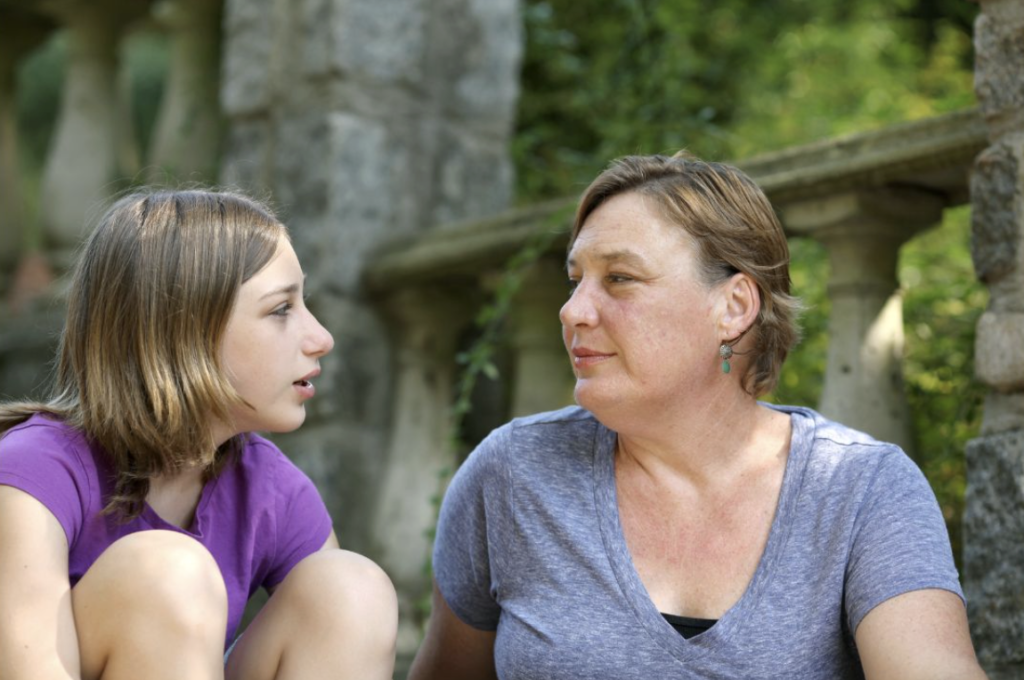
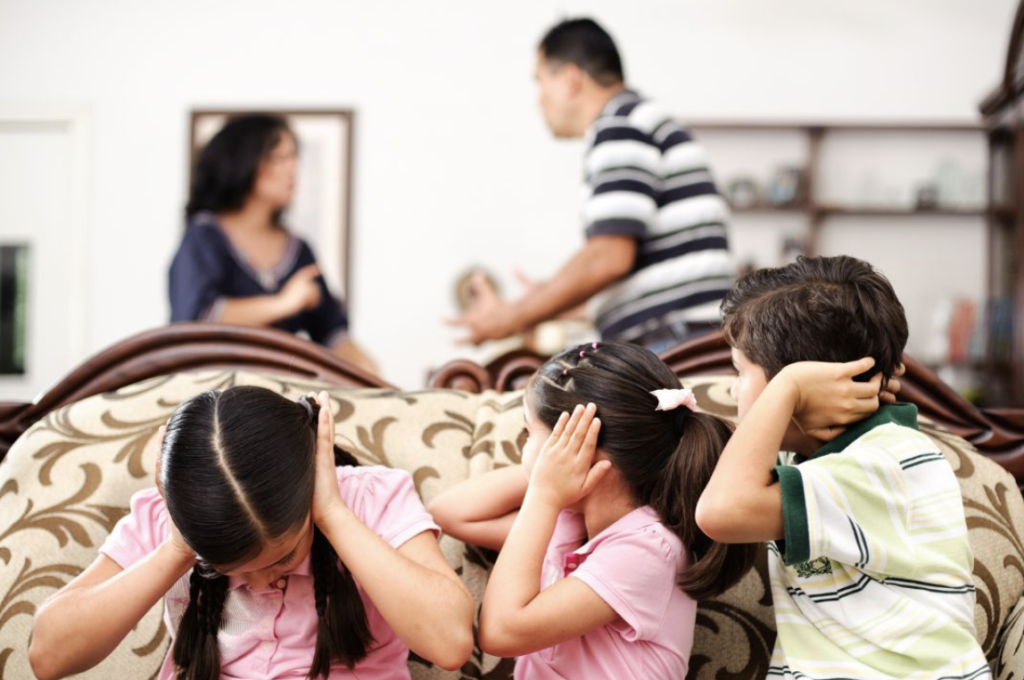



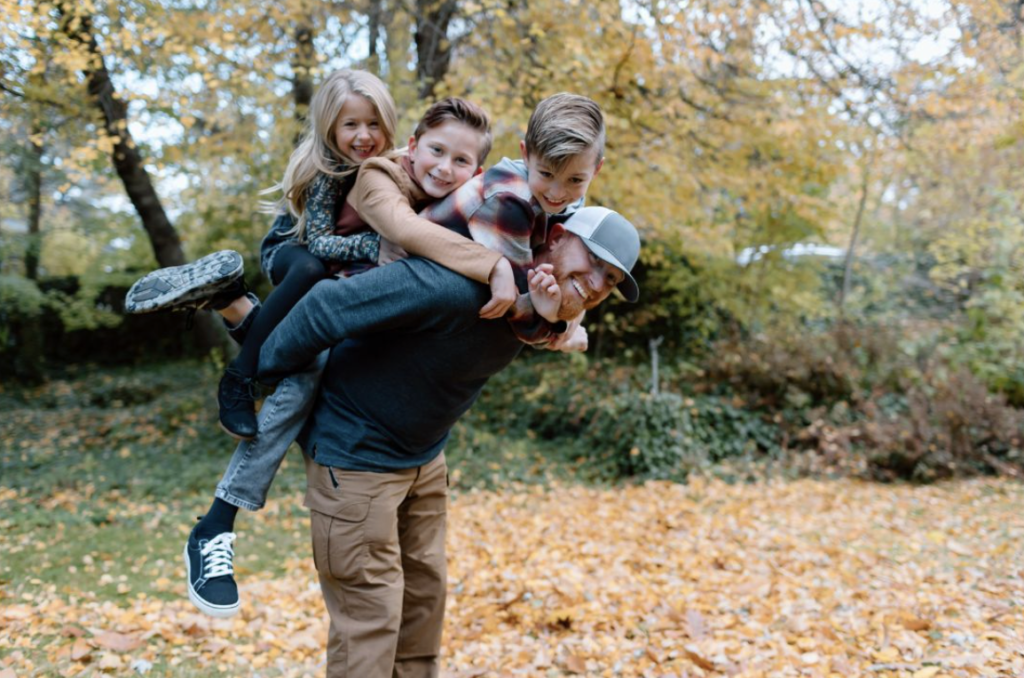


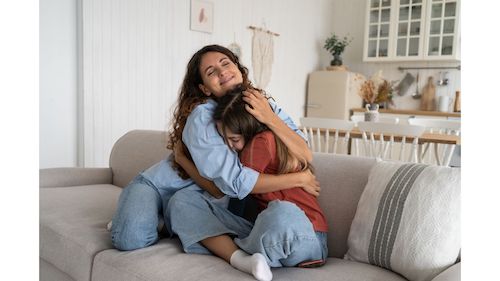
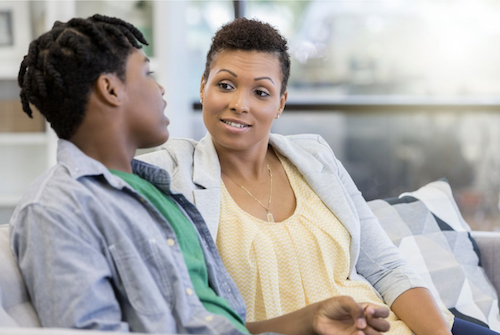
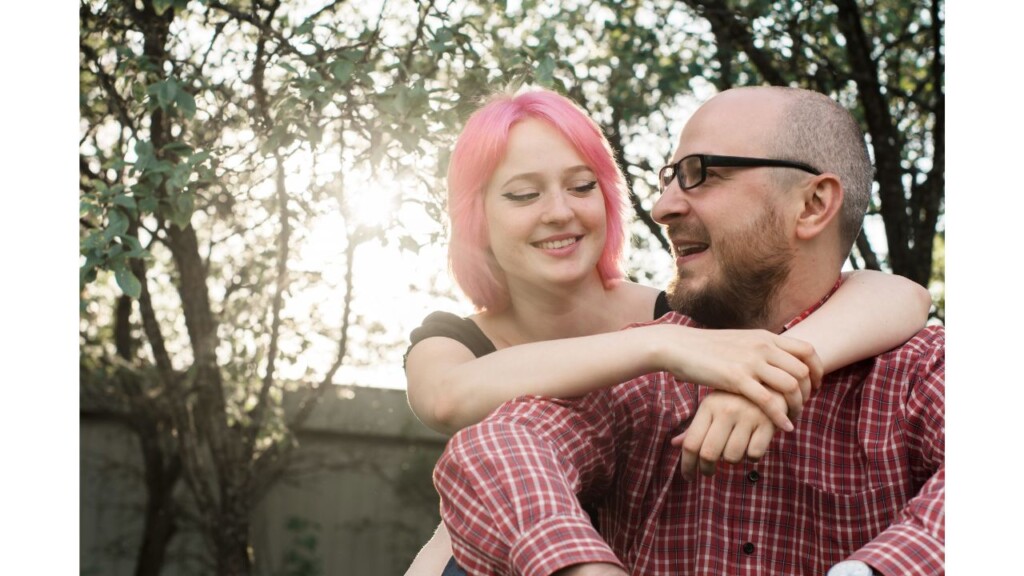





Leave A Comment